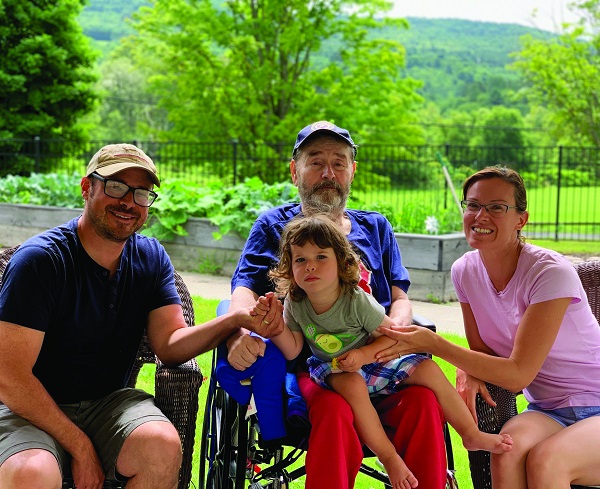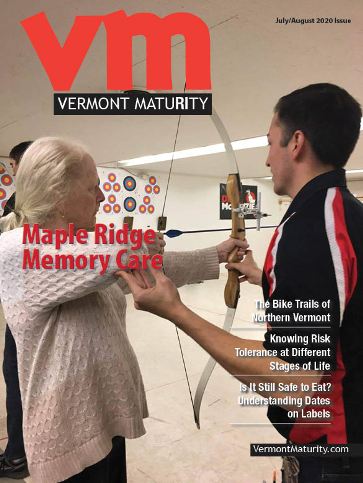
The definition of “family” continues to expand globally. As our world grows, relationships between youth and elders weave a ribbon of connection. This link spans generations as individuals identify with each other in new and progressive ways.
How do young people and elders benefit from intergenerational relationships?
Young people can benefit from elders by learning more about their values and their past. Living history is particularly fascinating to youth; for elders, relaying their stories gives them a sense of purpose and community. Youth and elders alike appreciate sharing memories and perspectives.
The exchange between old and young preserves history while illuminating a path to the future. When people of varying ages get together, each person can teach, and learn. Respect and understanding are important qualities at any age, and communication between all ages is critical for social growth, patience, and compassion.
Activities as a Platform for Understanding
Activities are key to encouraging relationships between generations. Having fun together makes it easier for people of all ages to accept different values and lifestyles. A long-term care community can create an environment that helps stimulate intergenerational relationships.
Prior to COVID, Mayo Healthcare programs connected generations by hosting a pen-pal program with the local fifth grade class. Youth and elders corresponded through letters and gathered in person monthly. Mayo also hosted the Golden Care Play Group, where residents and children of all ages created art projects together. Many other programs – gardening, trick-or-treating, birthday parties for children of staff and residents’ family members, community service programs, and the famous Norwich University Ball with residents and cadets – have been put on hold but were very popular and productive.
Currently, virtual visits with local college students build long-lasting relationships and help teach seniors technology skills. As COVID recedes, Mayo Healthcare hopes to revitalize intergenerational programs, and enable our residents to share their many wonderful qualities with the community.
Are there barriers in how youth and elders relate to each other?
Intergenerational communication is much easier than it may seem. When there is a desire to connect with others, connection of all types will happen. Communication is rooted in how someone makes you feel. If a senior is not able to hear, see or understand a conversation, one can still communicate with them – and children are so good at this. When young people come to Mayo Healthcare, happiness runs through the halls. When a 4-year-old great grandchild visits their great grandmother of 99, even a touch or a glance expresses their loving relationship. A soft caress, a gentle smile, or a genuine giggle are all types of communication that inspire happiness and understanding.
On a physical level, one may wonder how children, who are typically active, mesh with elders who may be less active, but it works! Seniors love to take everything in. Sitting and watching children play a game, run, jump, and laugh inspires joy and brings back memories; meanwhile, the children love having an audience of older mentors.
Intergenerational relationships help strengthen people, families, and communities by finding new, and sometimes unexpected, common ground. What’s your definition of family, and what do relationships between youth and elders bring to your life?
Vicky Parra Tebbetts is a freelance writer who loves all things Vermont. She writes on behalf of Mayo Healthcare, a locally owned nonprofit located in Northfield, Vermont, offering residential care, expert rehabilitation, and skilled nursing services. MayoHC.org, 802.485.3161.
Related Articles & Free Vermont Maturity Subscription

Essential Home Elements for Aging in Place
Why Staying Active is Key to Making the Most out of Life






Comment here